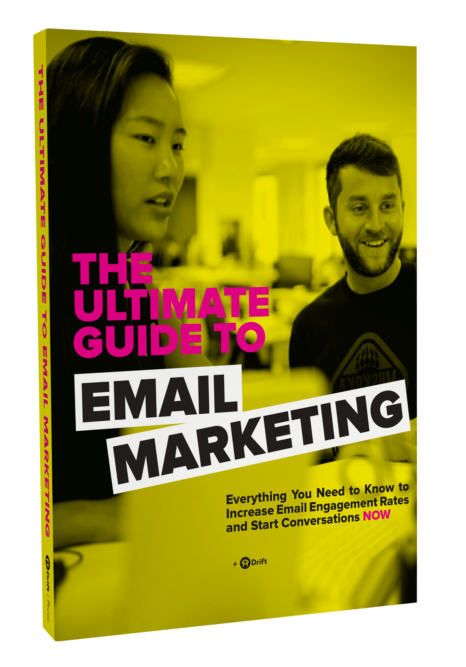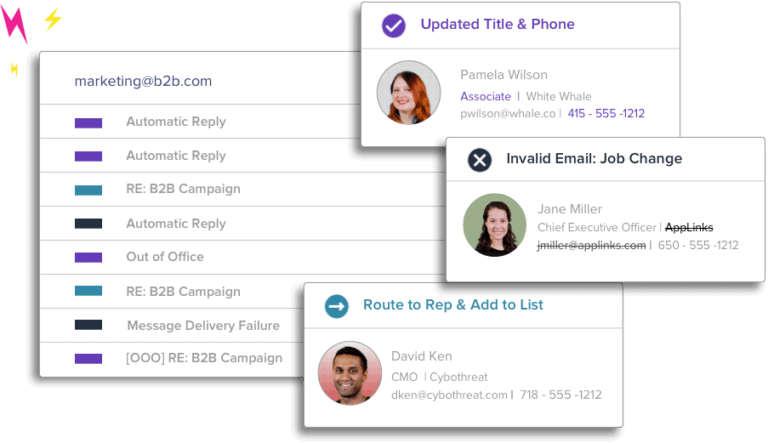About This Guide
Over the past decade, several so-called “experts” in the world of sales and marketing have made the same, bold declaration:
“Email is dead.”
While there’s no denying that more modern communication channels, like chat, have been growing in popularity, that doesn’t mean email is going anywhere. Case in point: If you’re reading this guide, we’re betting you checked (or will check) your email at least once today. And with more than 280 billion consumer and business emails being sent every single day (a figure that’s expected to grow to 333 billion by 2022), it’s clear that businesses still see the value in using email to reach out to potential customers.
The only problem with email is that—from a customer experience perspective—it’s, well… awful. Think about all the impersonal ads, promotions, and sales pitches that are flooding your own email inbox, and how annoying it is when you have multiple people from the same company emailing you at the same time about different things. The icing on the cake, of course, is when you try to unsubscribe but keep receiving unwanted emails anyway.
☝That’s a terrible experience. But the underlying issue isn’t that email, as a channel, is dead (or dying). The issue is that as marketers and salespeople, we’ve been doing email all wrong. And that’s exactly why we wrote this guide: to offer an alternative to the traditional approach and to reimagine email as a channel that drives actual conversations.
In this guide, you’ll uncover a blueprint for building a modern, conversational email strategy—one that prioritizes creating an incredible customer experience.




















